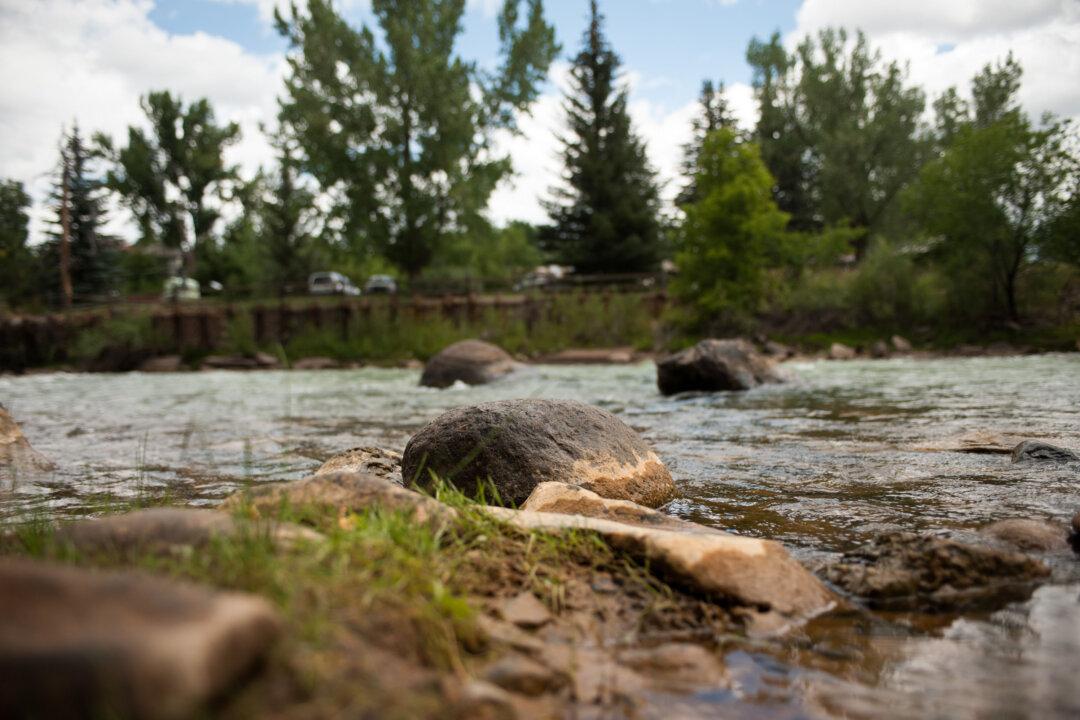New Mexico departments of Environment, Health, and Game & Fish made the long-awaited announcement Saturday night to lift the bans on the Animas and San Juan rivers’ drinking water systems that were closed after toxic wastewater from an abandoned gold mine was accidentally released into the water on Aug. 5.
In a press release on Aug. 15, New Mexico Environment Department Secretary Ryan Flynn, stated, “The waters of the Animas and San Juan rivers are now meeting all applicable water quality standards.” The ban on the public’s use of the rivers for recreational use was concurrently lifted.
But precautions remain as New Mexico officials continue to assess the long-term effects of the accident.
Contamination
Both rivers were closed in New Mexico following the spill that occurred when a cleanup crew hired by the EPA accidentally unearthed a plug at the top of the King Gold Mine in Colorado, releasing 3 million gallons of toxic waste into a creek that fed the Animas River. The mustard colored plume washed into New Mexico’s San Juan River, which is a primary water source for the Navajo Nation.
The toxic waste, which had heavy metals such as copper, cadmium, arsenic, lead, and aluminum, eventually reached Utah’s Lake Powell—a huge reservoir 300 miles downstream that feeds the Colorado River and supplies water to the Southwest.





